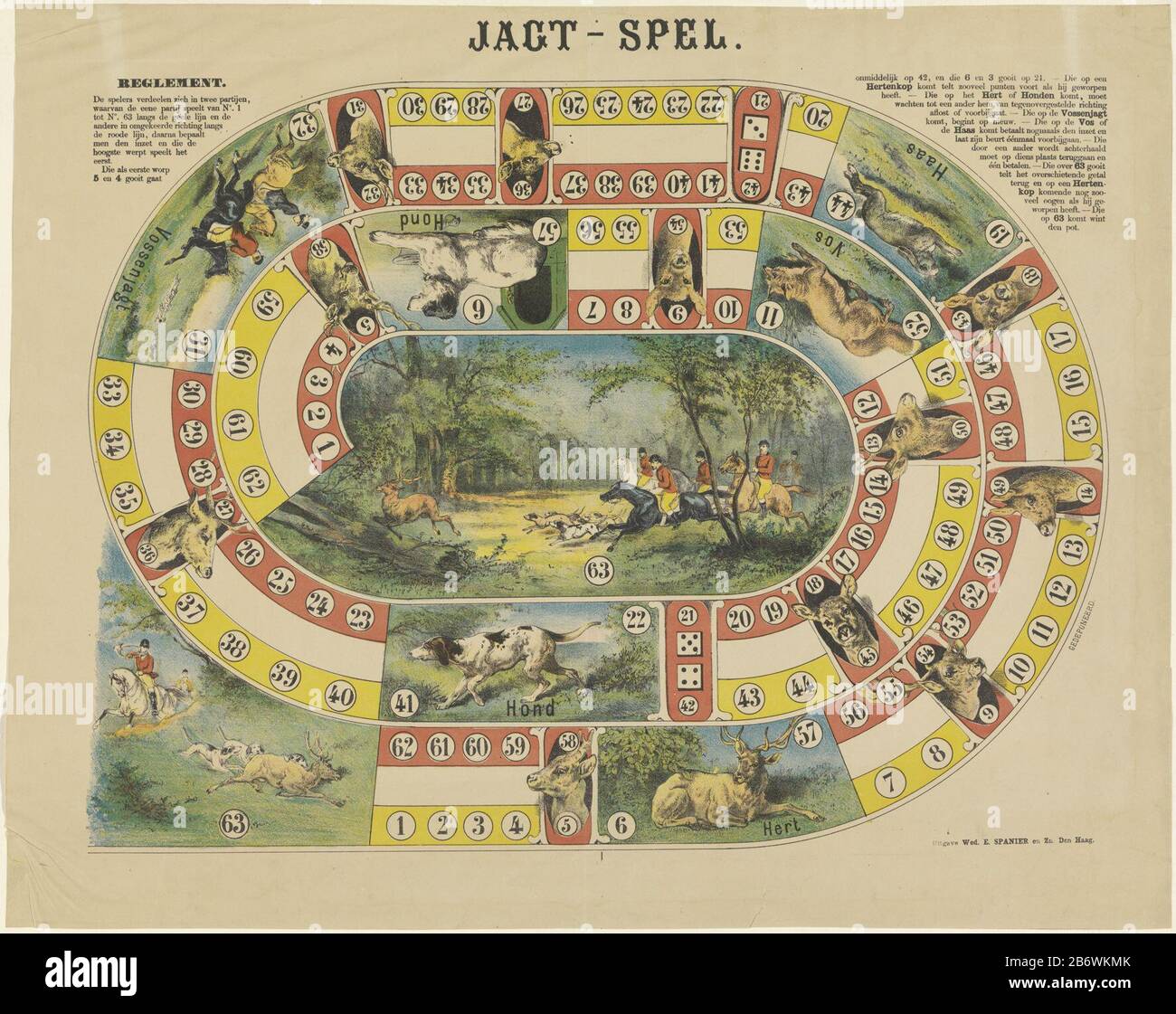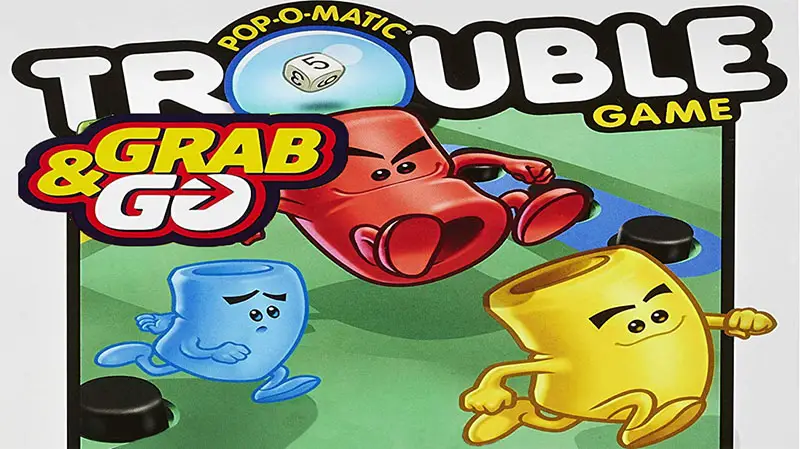
If a fault is committed the turn ends, no points are scored, and your opponent can decide to take his turn from where the balls are or to have them returned to where they were.It’s is a fault to force the ball through regardless! Great care has to be taken to avoid these faults when your ball is close to an upright of a hoop and at an angle to the opening. It’s also a fault to hit your own ball more than once – a ‘double tap’ – or to ‘crush’ your ball into a hoop or the peg. When striking your ball, be careful not to touch another ball with your mallet as this constitutes a ‘fault’.When it is your turn you have to take it – you are not allowed to ‘pass’. Accidentally touching your ball counts as a strike. Each turn consists of striking the correct ball with the face of the mallet head and with no other part of the mallet.If a ball other than the striker’s ball is hit through the hoop (peeled) by the striker’s ball, then the hoop counts for that peeled ball, even if the striker’s ball also goes through that hoop.A hoop is run when no part of the ball protrudes beyond the side of the hoop from which it started (see the diagram) A ball may take more than one turn to run a hoop.

The game proceeds in the sequence shown and the first player to run seven hoops wins.

There are four balls, blue, red, black and yellow, which must be played in that order (the colours are painted on the centre peg to act as a reminder).


 0 kommentar(er)
0 kommentar(er)
